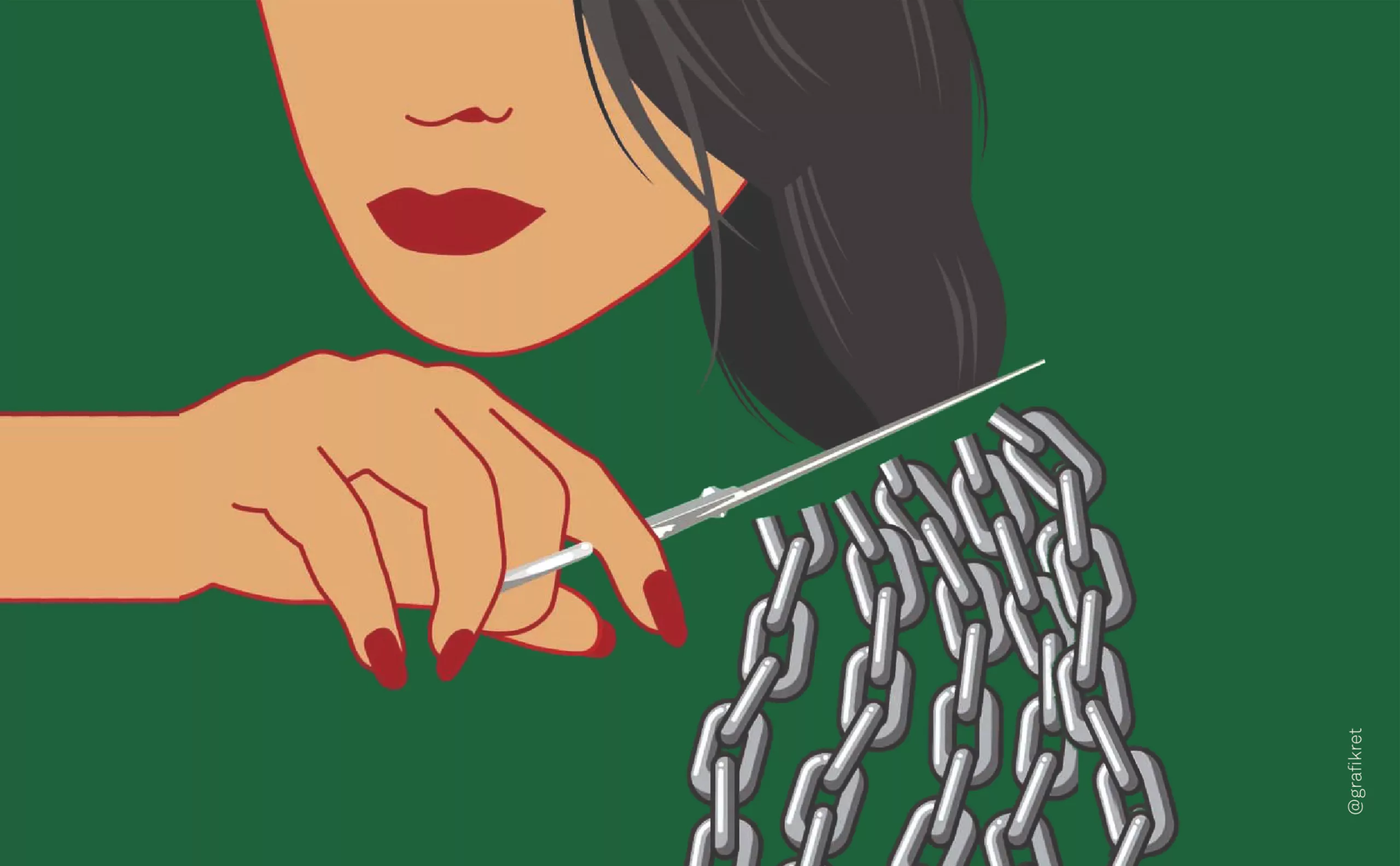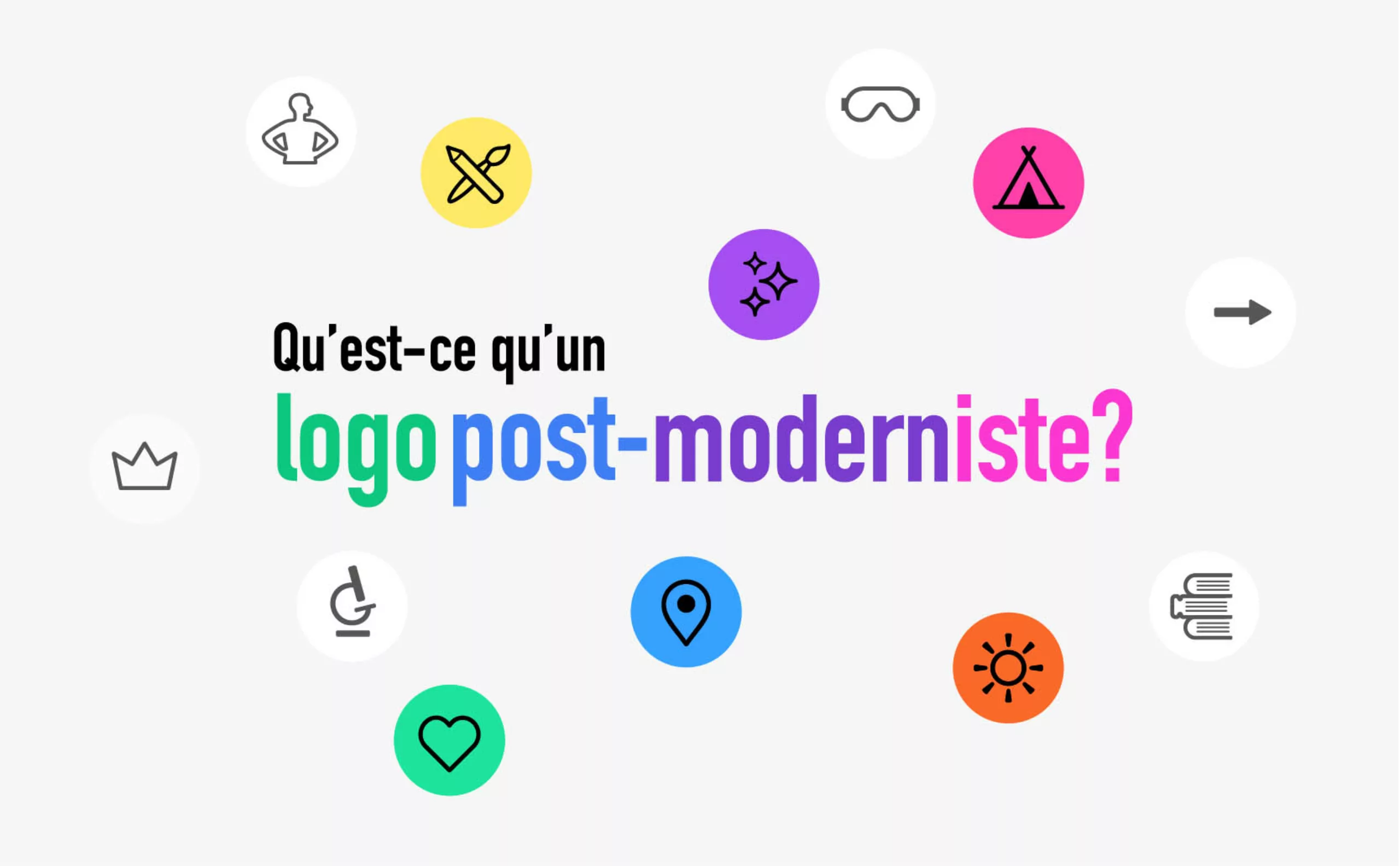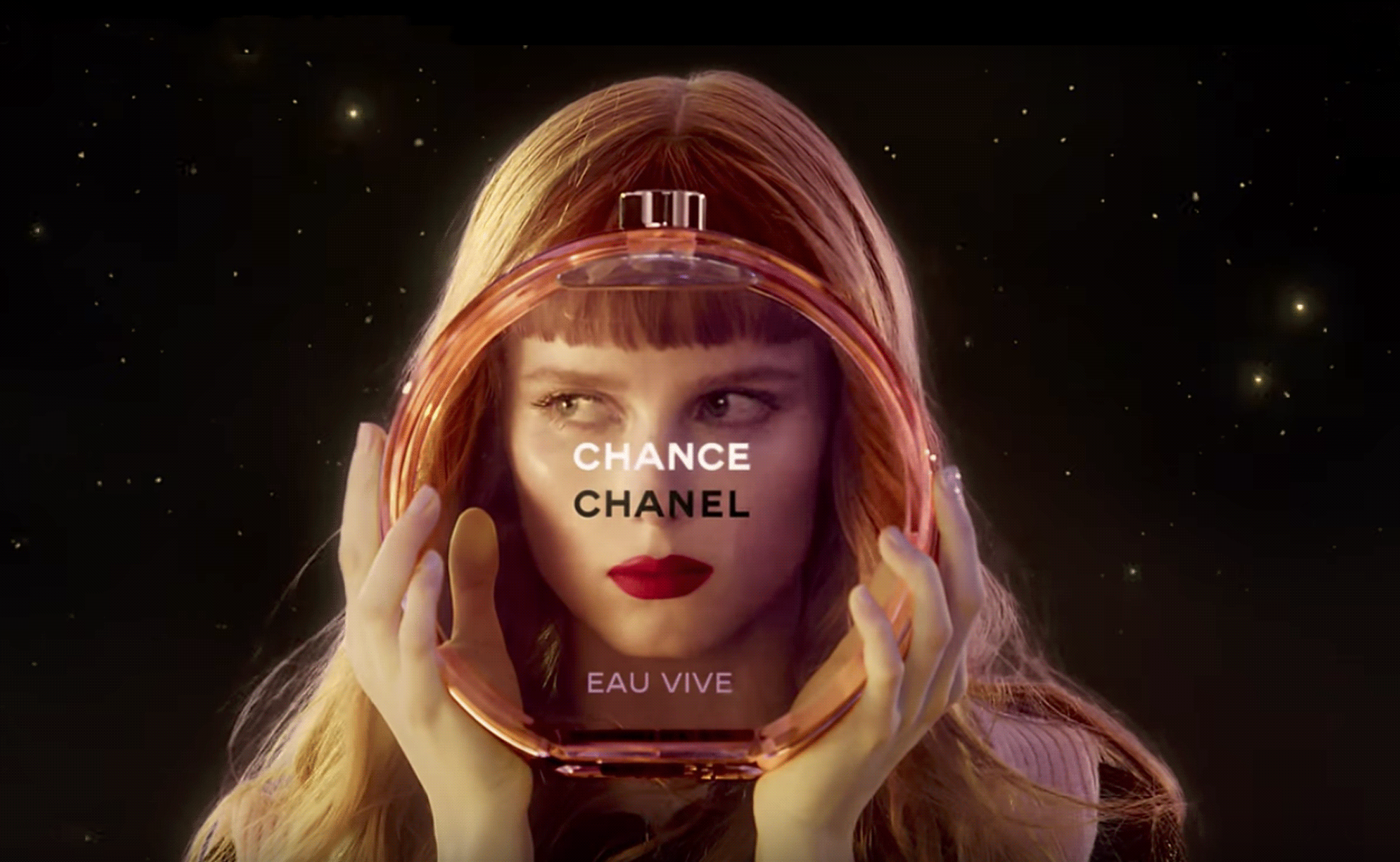The kitten invasion
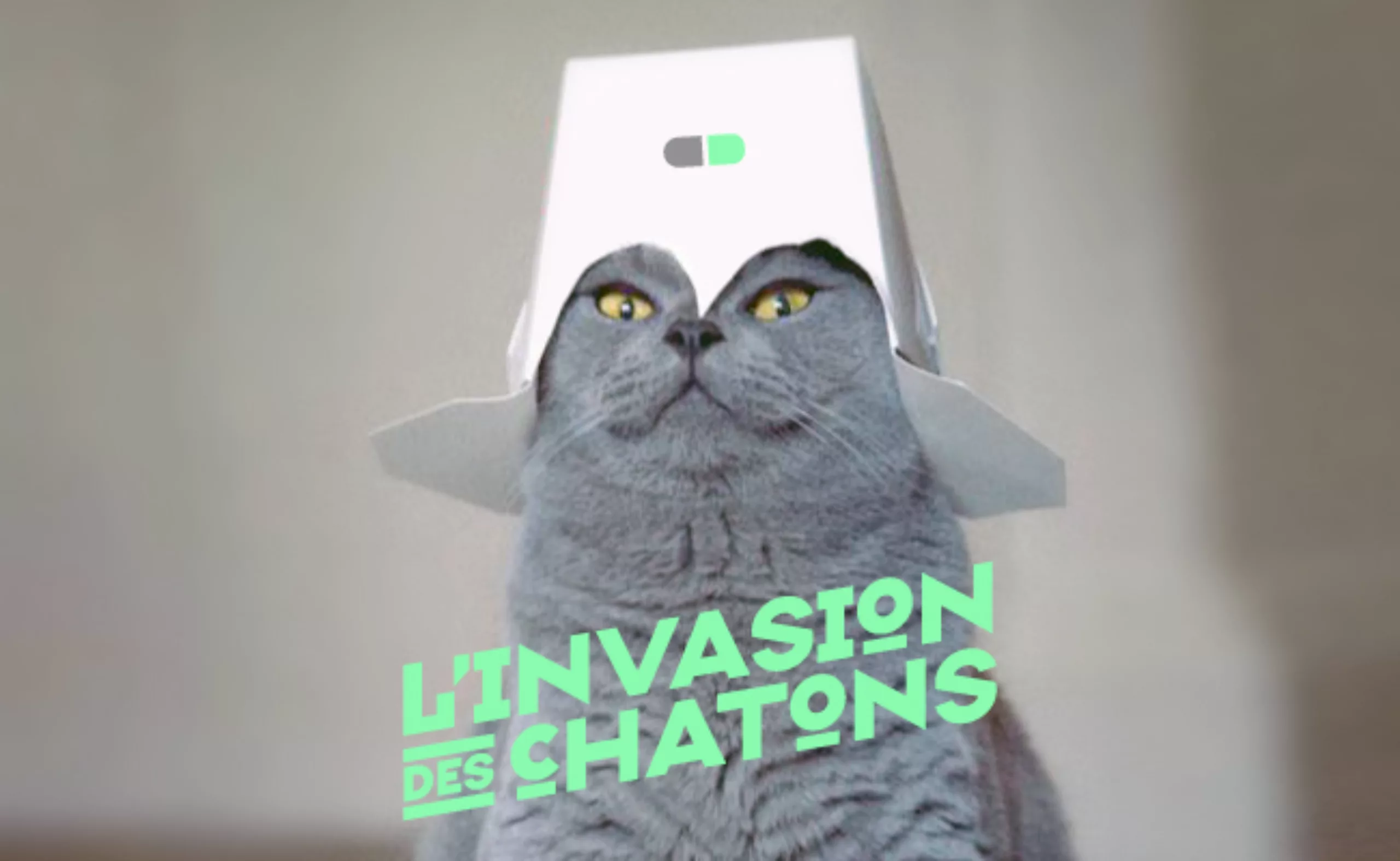
This article on Lolcats is a little late, but thanks to this great keyword, we’re going to explode this blog’s visit counter.
A quick reminder for those who haven’t been following along: the phenomenon of Internet chat originated in the Lolcats meme. Originally, it’s a non-commercial phenomenon that appeared around 2005 / 2006 on the 4chan forum.
A Lolcat is the association of a cat photo with a word or short sentence (in approximate English), which makes the whole thing funny and offbeat, and which a small community began to exchange for fun.
The phenomenon has since expanded beyond photos to include videos such as Keyboard Cat (a cat who plays the synthesizer, 28,816,552 views on Youtube), Maru (a Japanese cat who enters cardboard boxes), animated GIFs with Nyan Cat (a rainbow tartine cat), the soap opera Simon’s Cat and real cats like Sergi, Norman’s cat who has his own Facebook page.
To find out why this invasion of cats is happening, we’ve put together a series of articles to provide some answers.
Empathy towards animals
Well before the 2000s, the first Lolcats can be traced back to the photographs of the British artist Harry Pointer (1822-1889), who, as early as 1870, photographed felines disguised in very “human” postures. And perhaps this is the reason for the cat’s success: its ability to ape our behaviors. Harry Pointer explains that “rabbits are easier to photograph in costume, but are incapable of assuming human postures”.
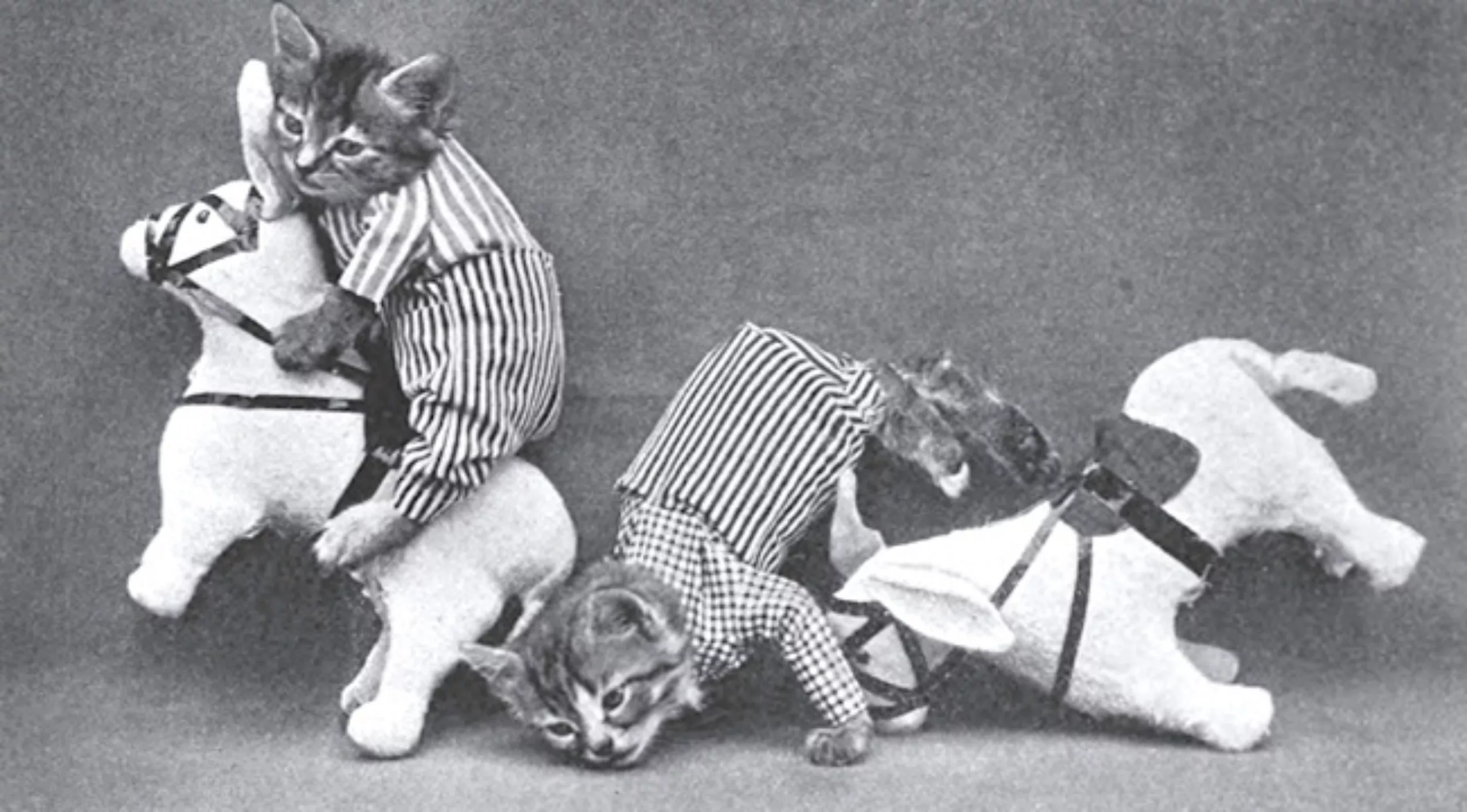
French sociologist and CNRS research director Monique Dagnaud also raises this aspect: it’s this anthropomorphism that makes cats, like dogs, more successful than other pets.
“To sum up, when an animal is domesticated, there are consequences for its physique, which evolves to appear more youthful,” recounts Chris Menning. “It seems to be adaptation: by looking more infantile, more ‘cute’, the animal is more likely to attract the attention of the human who will look after it.”
It’s worth noting that in most vertebrates (including cats and humans), the juvenile stages are often characterized by a larger head, bigger eyes and rounder shapes compared to adult body proportions. Neoteny is the retention of these juvenile characteristics into adulthood.
This could be the subject of another article, but neoteny, a theory developed in the 1920s, was to have a strong impact after the war through Disney characters, then Japanese manga. Returning to our baby cat, its neotenic characteristics evoke the world of childhood, fragility, a certain form of gentleness and nostalgia, producing a primal attachment with its characters.
In addition to its behavior, the cat has other advantages: it’s universal, it’s domestic and it’s easier to film a cat than a polar bear.
Viral sharing
The Lolcats started out this way, and this culture of sharing will generate a sense of belonging. “It’s a way for people to express their emotions, to share them with others (…)”. Indeed, as Internet users like to “share all sorts of things, especially things they love”, it’s not surprising that this sharing involves images of their favorite animals – namely cats and dogs.
And the cat, compared to the dog, leaves with a not inconsiderable amount of sympathy capital. In addition to its format, which makes it more accessible than the dog, its past history is rather positive (if we exclude the Middle Ages). Revered by the Egyptians and in Asia, the cat remains synonymous with good luck, wealth and longevity. In Japanese culture, the cat is highly prized: the Manekineko “cat of happiness” statuette is very popular, and they have gone so far as to open cat bars (Neko Cafés) where customers can drink tea while stroking felines to relax.
The cat becomes a meeting point, a pretext for communicating with others. So much so that the city of Minneapolis hosted the first International Lolcat Festival on August 30, 2012, where the best cat video is nominated.
What we get in return
The figure of the cat embodies values such as autonomy, freedom and individuality, ideologies that our society currently advocates. For the new web generation, for who nothing is serious, animated GIFs of cats are part of the landscape.
Watching cat videos for hours on end isn’t a bad thing – serious studies show that boredom in moderate doses can be a source of creativity.
Two British psychology researchers from the University of Central Lancashire – Sandi Mann and Rebekah Cadman – have just confirmed this hypothesis. If boredom is conducive to creativity, would exchanging videos and photos with colleagues be beneficial? Could this procrastination help us to refocus on our daily tasks? In this hypothesis, video chat would become an escape, a necessary moment of relaxation during the day.
Another study shows the power of “kawaii” (Japanese for cute) on concentration. Looking at kawaii images increases concentration and the ability to perform various tasks. The experiment involved 2 groups : the first was shown images of baby animals before being asked to perform an action, while the second group was shown images of adult animals. Concentration in the 1st group was around 44% higher than in the 2nd group. Looking at cute pictures would enable greater concentration in the search for detail.
Amnesty felinternational :
In politics, according to Ethan Zuckerman’s theory of cute cats, “lolcats” also possess an astonishing virtue: the fight against dictatorships!
Indeed, while a forum or participatory website (which attracts activists) could easily be accused of being a “pornographer’s den” in order to justify censorship, it seems difficult to censor a site talking about little cats. From then on, all we need to do is draw up an international anti-oppression lolcat code: geolocating a photo of your cat on Googlemap = indicating the position of a political prisoner, twittering the state of your cat’s mood = indicating the real-time state of an activist’s imprisonment… and so on.
“It’s the final Meow, let’s meow and tomorrow
The felinternational will be the human cat”
Recovery through communication
So it was only to be expected that brands would seize on the phenomenon. There are numerous examples in France and abroad of advertisements rightly or wrongly using a cat as the main character. In France, it’s Bouygues Telecom‘s latest sport that has created a buzz, reaching the 15-25 age group with its cat-employees (2,729,819 views on Youtube).
Another example is the Swedish insurance company Folksam, which features cats learning to parachute to the tune of R. Kelly’s “I Believe I Can Fly”.
The latter got a lot of negative buzz, with animal protection associations jumping on the bandwagon because they thought they had actually thrown cats out of a plane…
Toyota features a cat in its Corolla spot, where the cat is desperate to get back into the car of his dreams.
As for the UNIQLO brand, it chose web star Maru to launch its new boutique.
The political world has also been seduced by fur, with Éva Joly’s ecological party, EELV (Europe Écologie Les Verts), using videos of famous cats to encourage people to vote for Éva Joly in the 2012 presidential elections.
Just look at the success of one of the latest Dreamworks films, “Le Chat Potté“, which steals the show from “Shrek”, from which it originated as a secondary character.
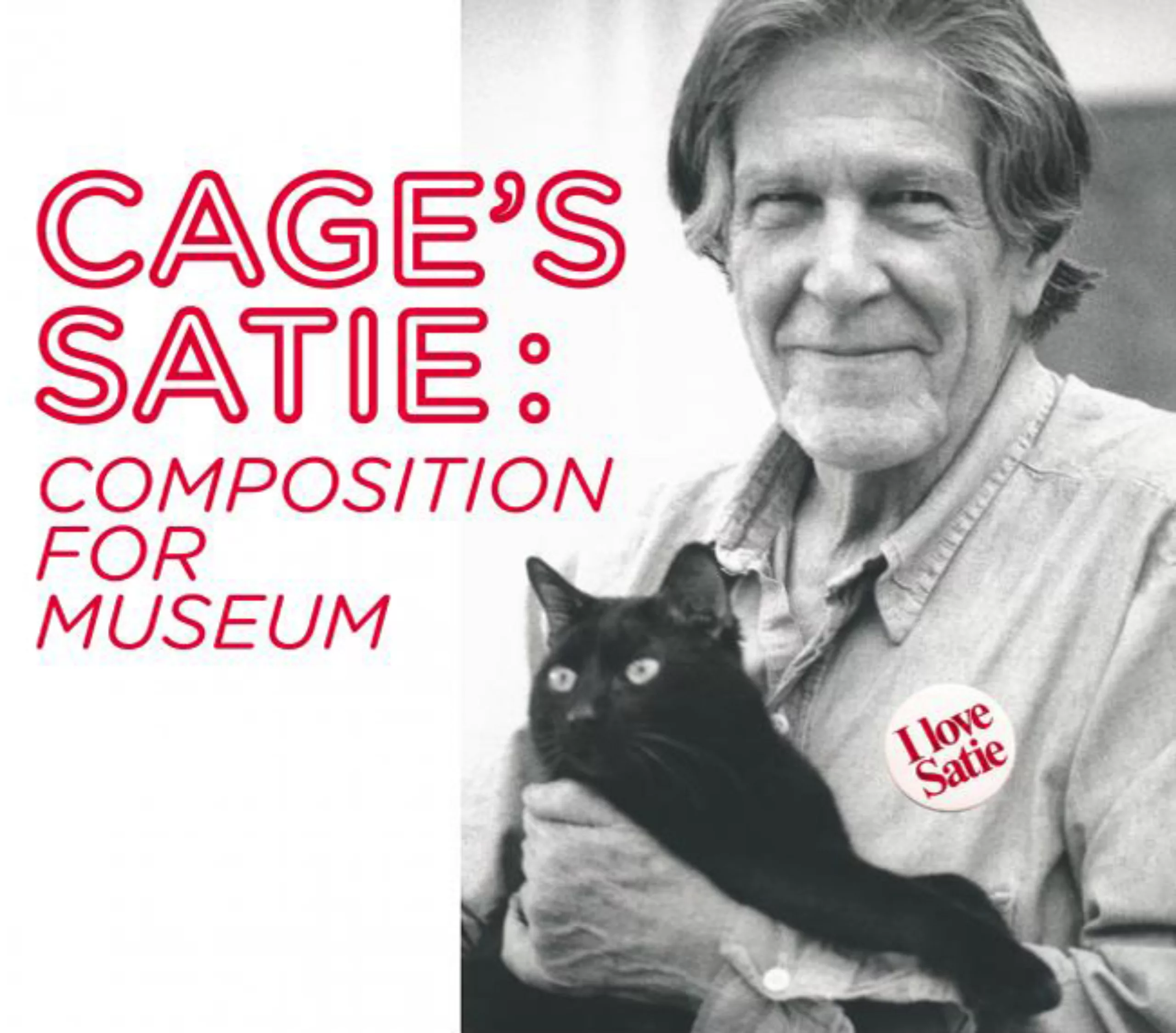
This recuperation by mass culture is not surprising, but when it comes to the cultural sphere, one has to wonder.
When we look at the latest communication from the Musée d’Art Contemporain de Lyon for its Cage’s Satie exhibition, the photograph chosen depicts the American composer John Cage holding a cat in his arms. Was this simply fate, or could the presence of a cat have influenced the choice of iconography to make the exhibition more appealing?
Links
If you want to know more about Catvertising :
BONUS: If you like cats, GIFs and glitter!
